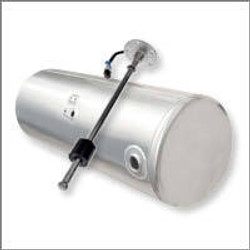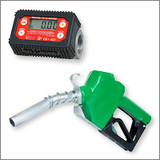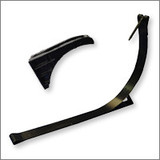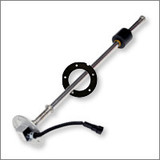
Sterling Acterra Truck Fuel Tanks
-
 Sterling Acterra Truck Fuel Tank Acc.
Sterling Acterra Truck Fuel Tank Acc.
-
 Sterling Acterra Truck Fuel Tank Brackets & Straps
Sterling Acterra Truck Fuel Tank Brackets & Straps
-
 Sterling Acterra Truck Fuel Tank Caps
Sterling Acterra Truck Fuel Tank Caps
-
 Sterling Acterra Truck Fuel Tank Senders
Sterling Acterra Truck Fuel Tank Senders



